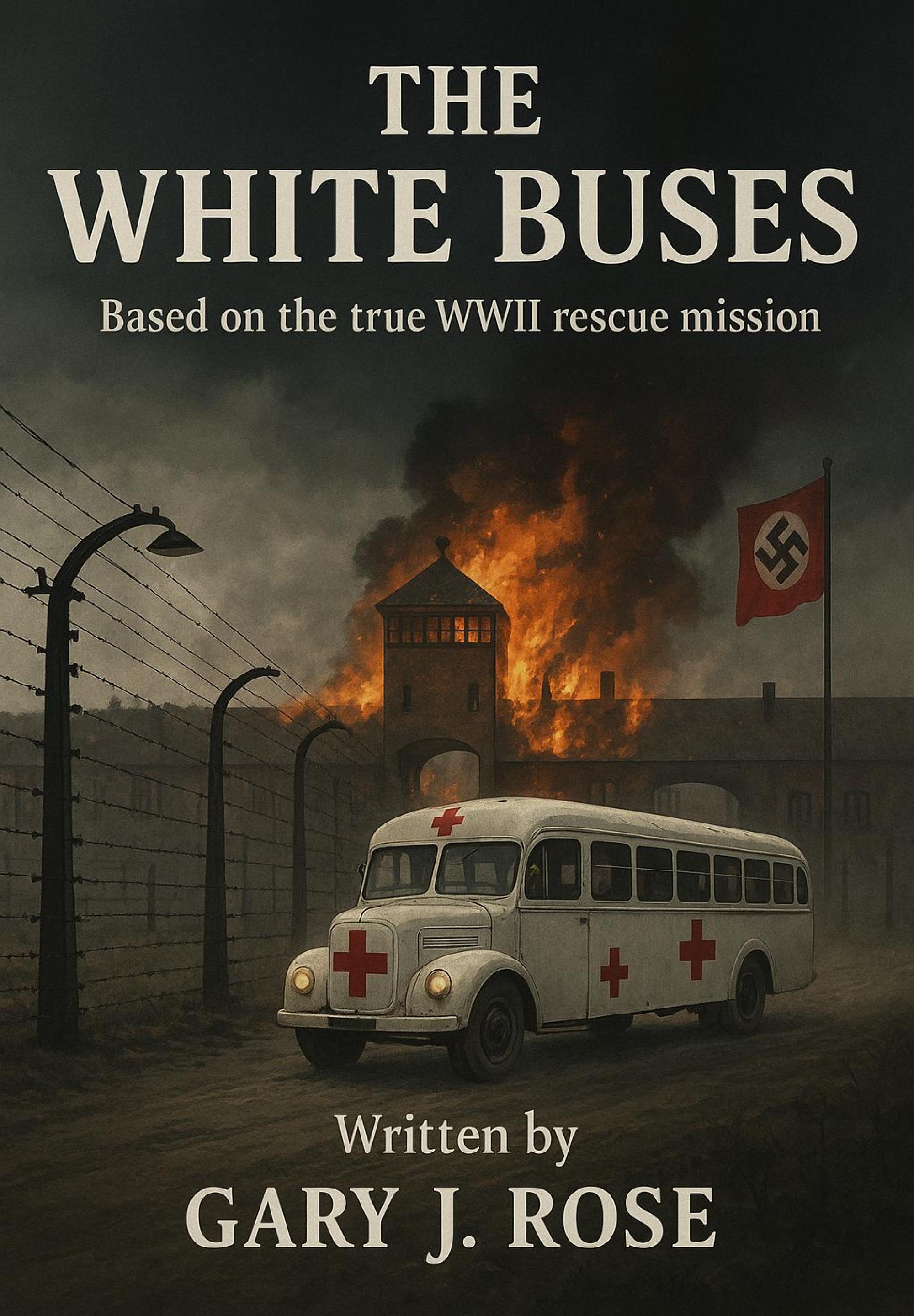
Synopsis/Details
The story of the White Buses is one of the most extraordinary humanitarian efforts in history, yet the story remains little known, until now. In the final months of World War II, as the Allies close in on Nazi Germany, a desperate operation unfolds to rescue prisoners from concentration camps. The film opens with a stark depiction of the Ravensbrück concentration camp, where women and children suffer under the oppressive regime. Among them is Nina Stemme, a compassionate Swedish Red Cross nurse, who witnesses the horrors of the camp firsthand. Despite the overwhelming odds, Nina is determined to save as many lives as possible, even as she faces the cold indifference of the SS officers overseeing the camp.
The narrative shifts to Stockholm, where Count Folke Bernadotte, a Swedish diplomat, leads a meeting at the Red Cross headquarters. He learns that thousands of Norwegians and Danes are still alive in German camps, but time is running out. Bernadotte proposes a bold plan: to negotiate with the Nazis for the release of these prisoners, using the Red Cross as a shield. His colleagues express skepticism, fearing for their safety, but Bernadotte insists that they must act before it’s too late.
As preparations begin, the Red Cross staff paint buses white and emblazon them with the Red Cross insignia, transforming them into symbols of hope. Nina and her fellow nurses, including the pragmatic Astrid and the idealistic Inger, prepare for the perilous journey ahead. They gather supplies, including food and medical equipment, and mentally brace themselves for the challenges they will face in the war-torn landscape.
The convoy sets out, navigating through active war zones and SS patrols. Tension mounts as they encounter hostile German soldiers, but Bernadotte’s diplomatic skills and the Red Cross insignia grant them passage. The nurses work tirelessly to provide care for the prisoners they rescue, but they are haunted by the knowledge that many others are left behind. Nina’s resolve is tested as she confronts the stark reality of the situation, witnessing the suffering of those who are not Scandinavian and cannot be saved under the terms of their agreement.
As the convoy reaches Ravensbrück, the atmosphere is charged with urgency. The nurses load the buses with as many prisoners as they can, but they are forced to turn away those who do not meet the criteria set by the Nazis. Nina’s heart breaks as she sees the desperate faces of those left behind, including a young Jewish boy she tries to save. The SS guards remain indifferent, enforcing the orders that dictate who lives and who dies.
The operation becomes increasingly dangerous as the war intensifies. The convoy faces ambushes and attacks, and the nurses must navigate the treacherous terrain while caring for the sick and injured. Inger takes it upon herself to smuggle children aboard the buses, risking everything to save innocent lives. The emotional weight of their mission grows heavier as they witness the brutality of war and the fragility of life.
As the final convoy approaches Lübeck, the situation becomes dire. The buses are targeted by German militia, and the nurses must make split-second decisions to protect their passengers. In a heart-wrenching climax, Nina chooses to stay behind with a gravely ill child, embodying the selflessness that defines the Red Cross mission. The convoy escapes, but the cost is high, and the emotional toll is palpable.
In the aftermath, the surviving nurses return to Stockholm, where they are met with applause and gratitude. However, the scars of their experiences linger. Nina receives a telegram from Astrid, affirming that her sacrifices were not in vain. The film concludes with a poignant reflection on the power of compassion in the face of unimaginable horror, as Bernadotte pens his final journal entry, reminding the world of the importance of mercy and humanity.
The White Buses is a powerful testament to the resilience of the human spirit and the impact of individual actions in the darkest of times.




















